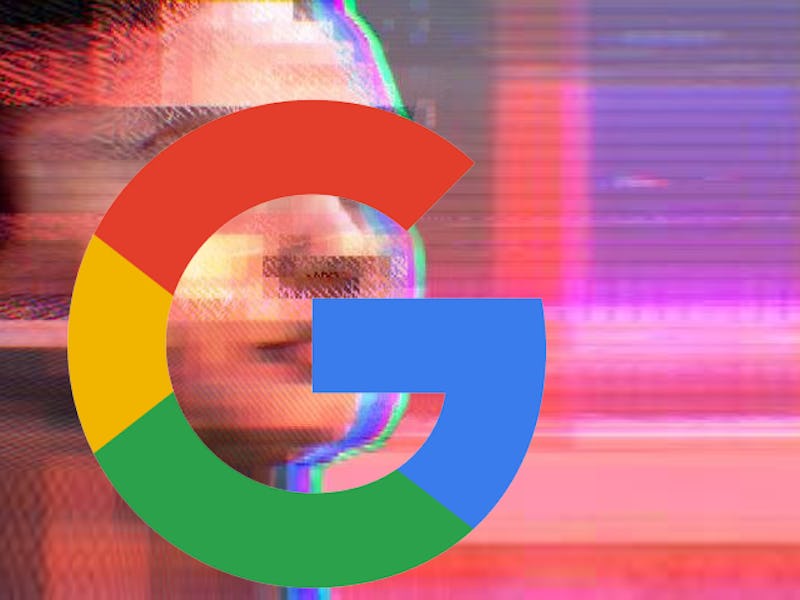Google Open-Sourced Its Chatbot Code So Microsoft’s Tay A.I. Won't Happen Again
Parsey McParseface and SyntaxNet will work together to understand language.

Chatbots officially hit the commercial scene in 2016. Slack now has a store of chatbots for the working professional, Facebook just released its platform of Messenger for ‘em (though it’s still learning what to do with them), and Microsoft even had a chatbot controversy with its racist Tay bot. Now Google is entering the segment, and it hopes to fix the mistakes of the past by making it open sourced.
Google today announced it’s making its research on two separate language programs open-source for developers. The programs named SyntaxNet and Parsey McParseface (clearly a play on the British science vessel the internet wanted to name Boaty McBoatface) are not chatbots themselves, but they will provide the language skills necessary to make chatbots more intelligent.
Per their names, Parsey McParseface parses english sentences for their structure, while SyntaxNet ascribes a tag for each part of speech in the sentence and attempts to string them together. In tandem, both programs are able to interpret more complex sentence structures — unlike the Tay bot, which basically just repeated the internet’s hateful speech.
For example, Google says it’s always been simple for machines to parse a sentence like “Alice saw Bob.” But, with these two programs, it’s easier to understand more complex sentences — “Alice, who had been reading about SyntaxNet, saw Bob in the hallway yesterday,” for example.
Google also points out that humans are particularly quick and good at understanding sentences based on context, whereas machines tend to be very literal.
“It is not uncommon for moderate-length sentences — say 20 or 30 words in length — to have hundreds, thousands, or even tens of thousands of possible syntactic structures,” researchers wrote in the blog post. “A natural language parser must somehow search through all of these alternatives, and find the most plausible structure given the context.”
For a sentence like “Alice drove down the street in her car,” machines have to more actively decipher that the speaker doesn’t mean the more absurd reading that the street is located in Alice’s car.
Maybe the engineers and developers of the world can take these platforms and turn chatbots into something a little more intelligent, because most of the ones we’ve seen so far have offended us with either their hurty words or their inability to accurately tell the weather.